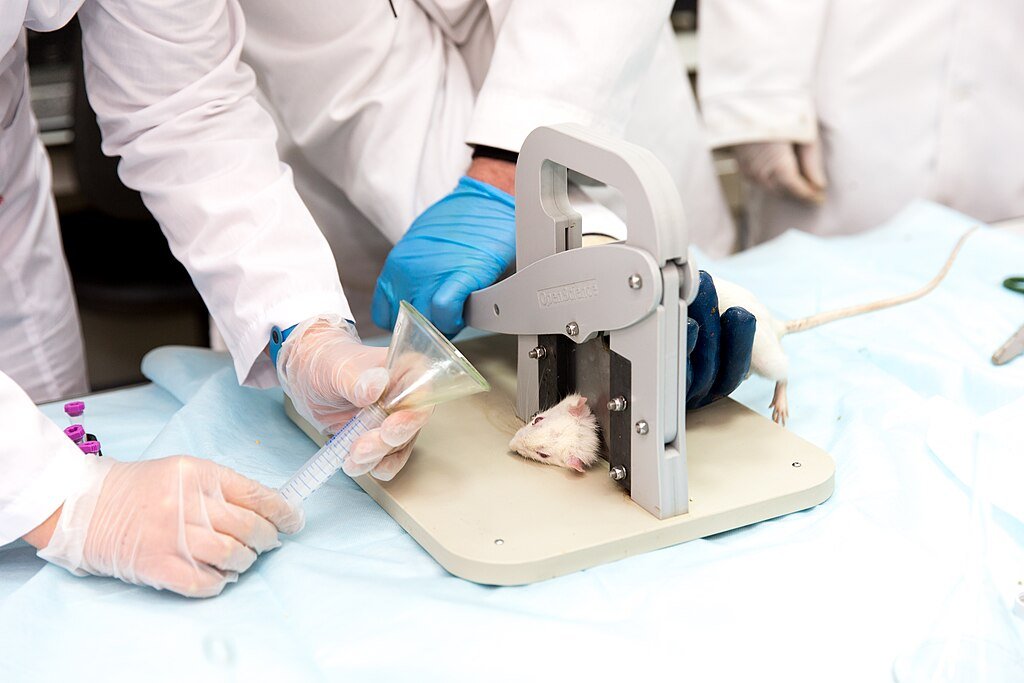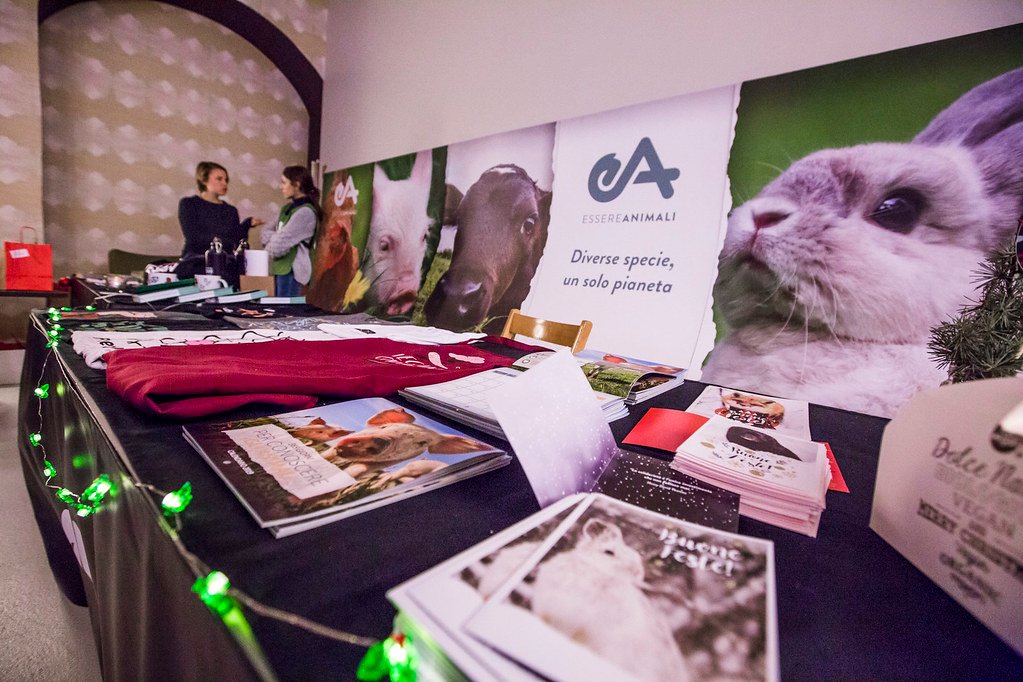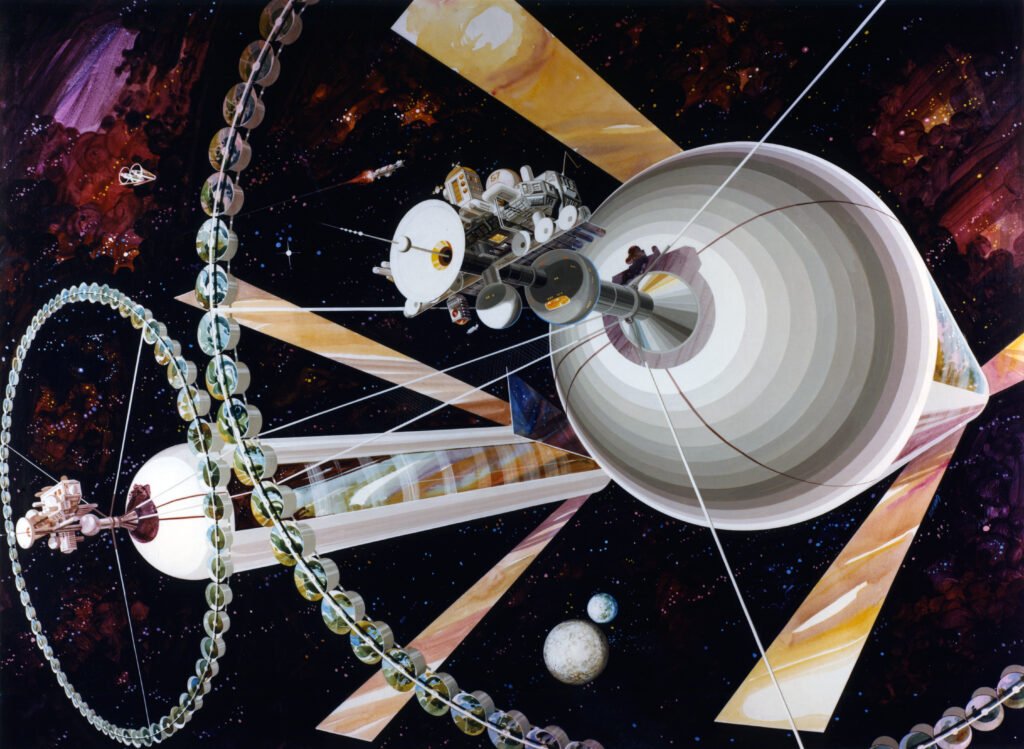Introduction
Animal testing has long been a contentious topic across various fields, including conservation science. The practice involves using animals to study biological processes and assess environmental impacts, with the aim of preserving wildlife and ecosystems. While some argue that animal testing is justified to advance conservation efforts, others point out ethical concerns. This article examines the rationale behind animal testing in conservation science, its benefits, drawbacks, and explores alternative methods being developed.
The Role of Animal Testing in Conservation Science

Conservation science is dedicated to understanding and preserving biodiversity, which sometimes requires direct study of animals in laboratory settings. Animal testing can provide vital insights into behavior, physiology, and genetics, offering data that is crucial for species conservation plans. For instance, researchers can study disease dynamics, reproductive health, and genetic variability to develop effective conservation strategies. Such testing has been pivotal in efforts to save endangered species from extinction.
Benefits of Animal Testing in Conservation

One of the key advantages of animal testing within conservation science is the facilitation of detailed and controlled studies that might be impossible in the wild. For example, laboratory conditions allow scientists to isolate and study specific stressors on a species, such as climate change or pollution. Insights from these studies can inform policies and intervention strategies that mitigate threats to endangered species. Furthermore, understanding disease transmission among wildlife populations often necessitates controlled experiments that can only be performed via animal testing.
Ethical Concerns and Criticism

Despite its potential benefits, animal testing in conservation science raises significant ethical concerns. Critics argue that the practice can cause distress, suffering, or harm to animals, questioning whether such means justify the end. The emotional and moral implications of subjecting animals to testing often fuel public opposition, with calls for stricter regulations and oversight. Ethical concerns also extend to potential long-term impacts on animal populations, particularly if specific individuals are removed from their natural habitats for study.
Alternative Methods and Technologies

Recognizing the ethical dilemmas involved, conservation scientists are increasingly exploring alternative methods that minimize or eliminate the need for animal testing. Non-invasive techniques, such as field observations, ecological modeling, and genetic analysis from environmental DNA, have gained traction. Advances in technology, like remote sensing and AI-driven image recognition, allow for less intrusive data collection. Moreover, computational models can simulate ecological processes and predict outcomes, reducing reliance on direct animal testing.
Case Studies: Successes and Failures

Numerous case studies illustrate both the successes and challenges of animal testing in conservation efforts. The recovery of the California condor, for example, was aided by captive breeding programs that involved extensive animal testing to understand fertility issues. Conversely, controversies have arisen from poorly executed tests that provided little scientific value while causing harm. These examples underscore the need for careful consideration and robust ethical frameworks when employing animal testing in conservation science.
Conclusion

The debate over animal testing in conservation science is complex, balancing the need for scientific advancement with ethical responsibilities. While animal testing has undoubtedly contributed valuable insights, its ethical implications cannot be ignored. The future of conservation science lies in innovation—developing technologies and methodologies that minimize harm to animals while advancing our understanding of ecosystems. As society becomes more conscientious about animal welfare, the push for humane scientific practices will likely guide the evolution of conservation efforts.




